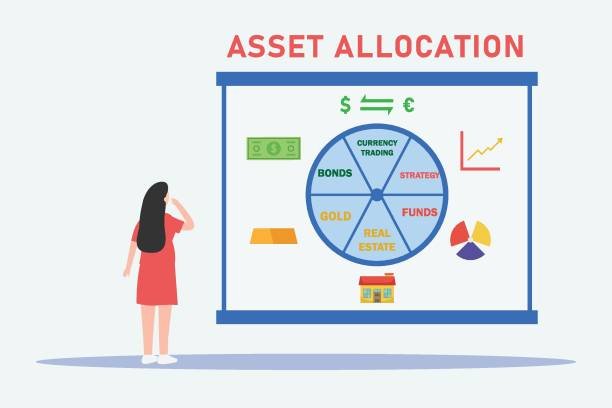
The investment era is extremely evolving and dynamic. It needs to be understood by the basic principles and different asset classes thoroughly, then one can make significant benefits out of long-term investments.
The first step is to understand the different types of investment assets and their risk fullness.
Understanding the Investment Risk Ladder
Cash
Cash bank deposit is the simplest investment asset. This is the safest investment asset. Here the banks give the guaranteed capital back.
And here the interest earned shocks away in savings accounts, never beats the inflation. CDs or Certificates of Deposit give more interest than savings accounts and less liquid instruments. However, CDs are locked from months to year and also there are early withdrawal penalties involved.
Bond
Bond is a debt instrument or typically a loan made by an investor to a borrower. A Bond typically involves a Government agency or a corporation, where the borrower will fix the interest rate to the lender in exchange for their capital. Bonds are used for financing operations, projects and purchases etc. in organizations.
Bonds are determined by interest rates. Due to this they are heavily traded when the central bank raises interest rates.
Mutual Funds
Mutual Funds is a type of investment where more than one person invests in securities. Mutual Funds are managed by portfolio managers, who allocate and distribute stocks, bonds and securities etc. So it’s called passive income. Portfolio Managers diverts the investments in many stocks and makes a portfolio.
Exchange Traded Funds (ETFs)
Exchange Traded Funds are more popular and are very similar to Mutual Funds. But they trade throughout the day on any exchange. The price in ETFs drastically changes during the day.
ETFs can track through underlying stock exchanges like S& P 500 or any other baskets of stocks. Includes emerging markets to commodities including many individual sectors like Biotechnologies, agriculture etc. ETFs are very popular among investors.
Stocks
Investors participate in many company’s shares and become shareholders. Shareholders enjoy voting rights at share meetings. Holders of preference stocks don’t have voting rights but have preference shareholders dividend payments.
Hope this info on different investment assets will help you in taking the right investment decision. We assure you that we will come with many more investment tips in the near future. For any help in investment in the above asset class, Call Team MONEY GRAINS ( www.moneygrainsexports.com ) and for insurance, you can call our team PLENTYSURE ( www.plentysure.com ). For buying insurance, just click & Buy easily ( https://agents.ethoslife.com/invite/d902e )We are always there to help you. Can you tell me, among all the investment assets discussed, which do you feel is good for you according to your risk appetite ? Do write the answer in comments.
Thank You,
Team PLENTYSURE
Jyoti Prakash Nayak, B.Sc MBA BA CFP
CERTIFIED FINANCIAL PLANNER & FINANCIAL WRITER
E: moneygrains.invest@gmail.com / WhatsApp : +91 8792238909



